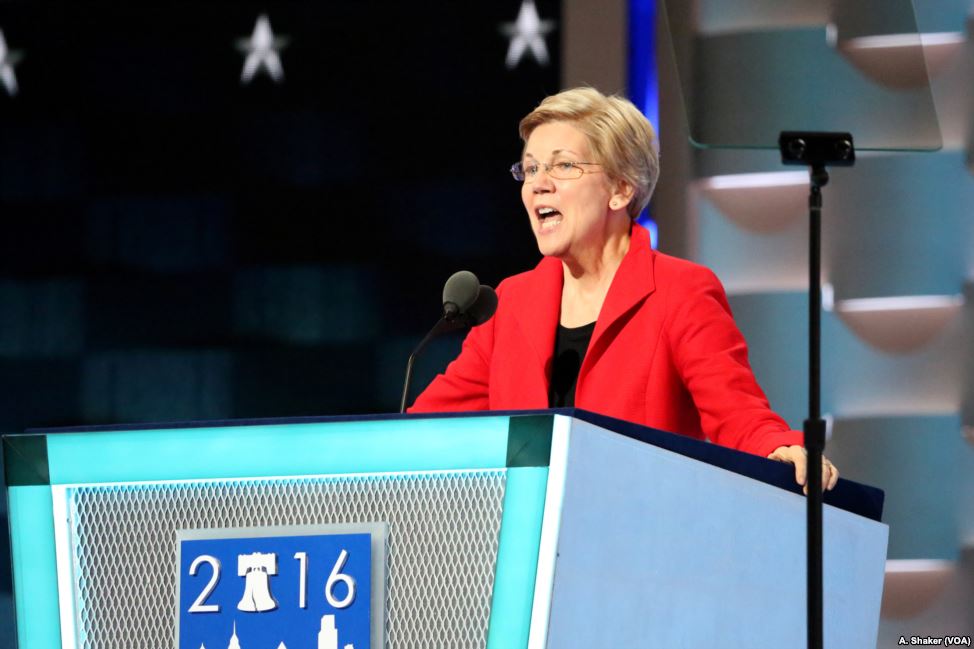Elizabeth Warren and the Folly of Genetic Ancestry Tests
By Alondra Nelson,
The New York Times
| 10. 17. 2018
This week, Senator Elizabeth Warren of Massachusetts announced that geneticists had analyzed her DNA and proved her longstanding claim that she has Native American ancestry. Senator Warren had caved in to months of ridicule by President Trump, who mocked her using a racist term and ultimately refused to believe her “useless” DNA test.
The question is not whether her DNA analysis is accurate. It’s whether it can tell us anything meaningful about identity. The truth is that sets of DNA markers cannot tell us who we really are because genetic data is technical and identity is social. The science in question is a form of chromosome mapping similar to that used in the billion-dollar genetic ancestry testing industry in the United States. That testing draws on incomplete data about human genetic diversity.
In this case, the “reference set” included samples drawn from 37 people “from across the Americas with Native American ancestry.” Nevertheless, this genetic analysis did locate five chromosome segments that strongly suggest indigenous ancestry. In his report, the geneticist Carlos Bustamante of Stanford University cautioned that it did...
Related Articles
By Pam Belluck and Carl Zimmer, The New York Times | 11.19.2025
Gene-editing therapies offer great hope for treating rare diseases, but they face big hurdles: the tremendous time and resources involved in devising a treatment that might only apply to a small number of patients.
A study published on Wednesday...
By Emily Glazer, Katherine Long, Amy Dockser Marcus, The Wall Street Journal | 11.08.2025
For months, a small company in San Francisco has been pursuing a secretive project: the birth of a genetically engineered baby.
Backed by OpenAI chief executive Sam Altman and his husband, along with Coinbase co-founder and CEO Brian Armstrong, the startup—called...
By Jessica Hamzelou, MIT Technology Review | 11.07.2025
This week, we heard that Tom Brady had his dog cloned. The former quarterback revealed that his Junie is actually a clone of Lua, a pit bull mix that died in 2023.
Brady’s announcement follows those of celebrities like Paris...
By Emily Mullin, Wired | 10.30.2025
In 2018, Chinese scientist He Jiankui shocked the world when he revealed that he had created the first gene-edited babies. Using Crispr, he tweaked the genes of three human embryos in an attempt to make them immune to HIV and...




